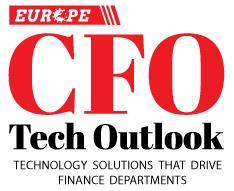An efficient account payable process has always been at the heart of a streamlined finance function. However, COVID-19, paired with the economic blow, led businesses into a bout of turmoil. Let’s face it– at a time when businesses are looking to bounce back from an economic impact, avoiding financial liabilities while maintaining healthy supplier relationships becomes a paramount priority.
COVID-19 has brought about many ideological changes, but the greatest impact has probably been on how we work. According to reports, the number of employees working remotely will double by 2025. In that case, 2022 will be the year when accounts payable start branching out of the physical office space, with a higher number of professionals opting for remote, hybrid, or agile working models. This flexibility is bound to boost account payable efficiency and retention, but it may also lead to more demand for automated account payable processes. Moving to the cloud and electronic invoicing will inevitably be required to enable this change in the workplace.
As organizations adapt to flexible working, they will also have to be extra cautious in securing their payables function. As a result, future finance teams will emphasize setting up and implementing data security measures, encompassing endpoint security, data management, code vulnerability checks, and credential management.
With enterprises rapidly moving toward a digitized and streamlined system for managing operations, account payable solutions are simultaneously witnessing a paradigm shift. Business decision-making is becoming more agile thanks to new technology suites with sentient and adaptive qualities of living organisms—all at a reduced cost but with hyper-productivity.
This edition aims to provide readers with insights into the current account payable solutions space and its rapid evolution to help businesses make educated decisions in regard to finance.
Let us know your thoughts.

















